Pathology

Germline Testing After Tumor Sequencing Uncovers Clinically Actionable Variants
Genetic counseling and germline testing are recommended for patients with cancer who have suspected hereditary disease based on each patient’s presentation and family history. Separately, tumor DNA sequencing is increasingly used, most often in patients with advanced disease. More...27 Oct 2020
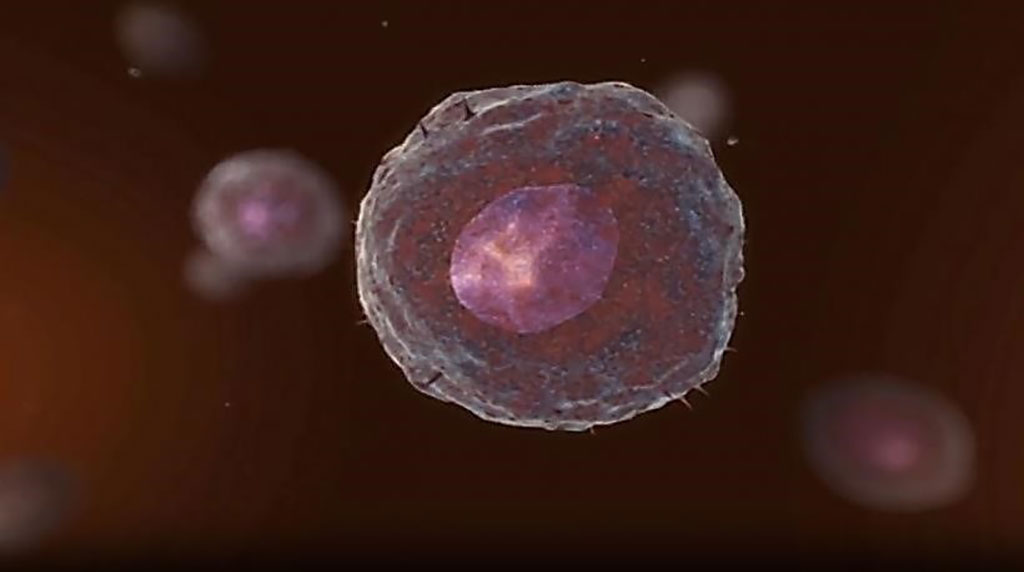
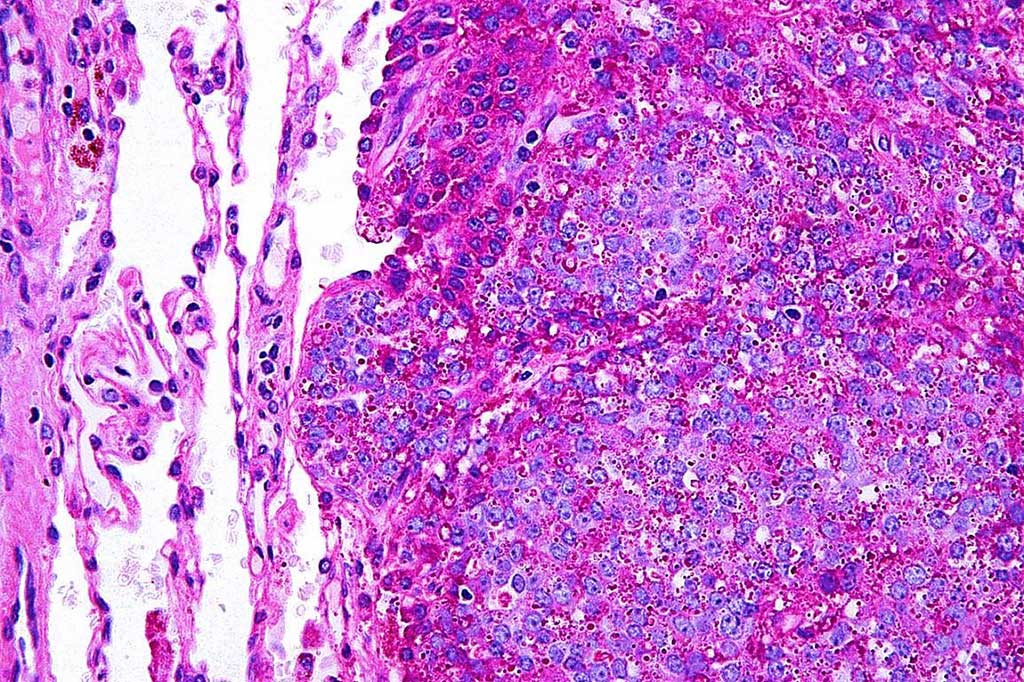
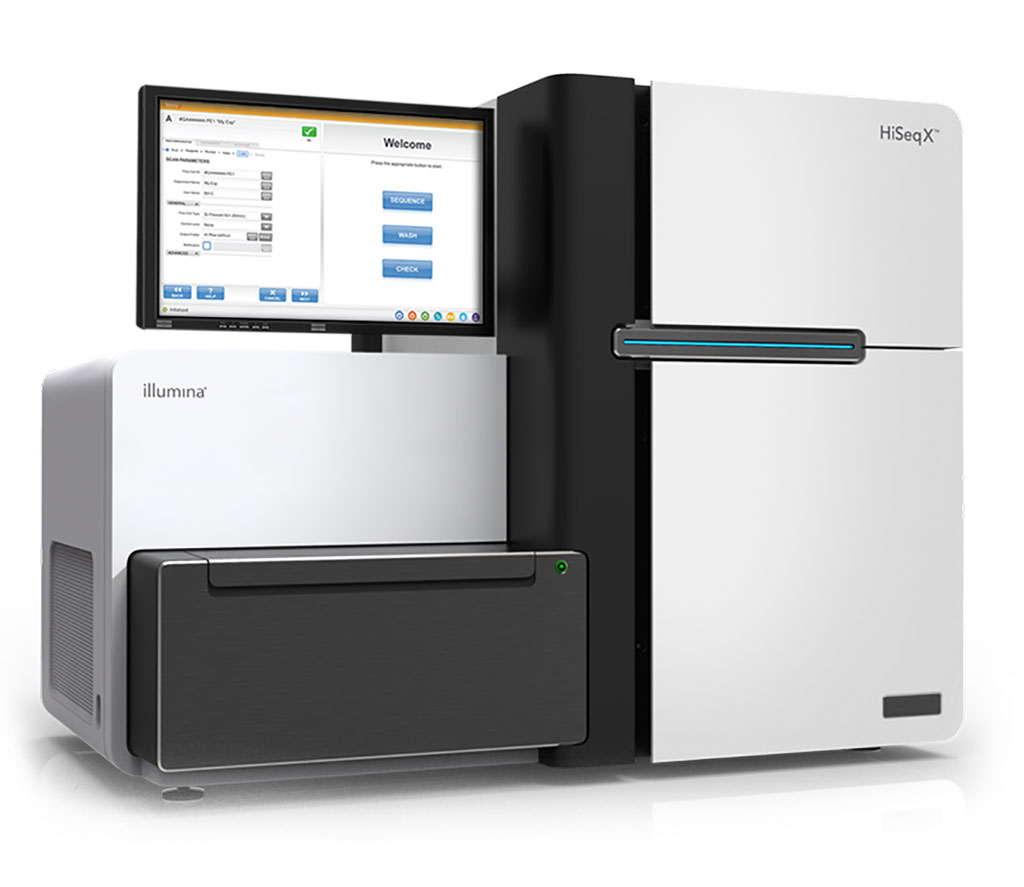
Urine-Based Liquid Biopsy Test Detects Urothelial Carcinoma
Urine cytology, which is widely used to screen for bladder cancer, has high specificity but lacks sensitivity, especially for low-grade cancers. Cystoscopy, while more accurate than cytology, is an invasive procedure with added costs and potential complications for the patient. More...22 Oct 2020

Breath Test Developed for Head and Neck Cancer Diagnosis
Breath testing is a noninvasive way to help doctors diagnose a number of conditions. By analyzing the breath, the physicians can measure the amount of certain gases, allowing doctors to arrive at a diagnosis quickly and accurately. More...20 Oct 2020
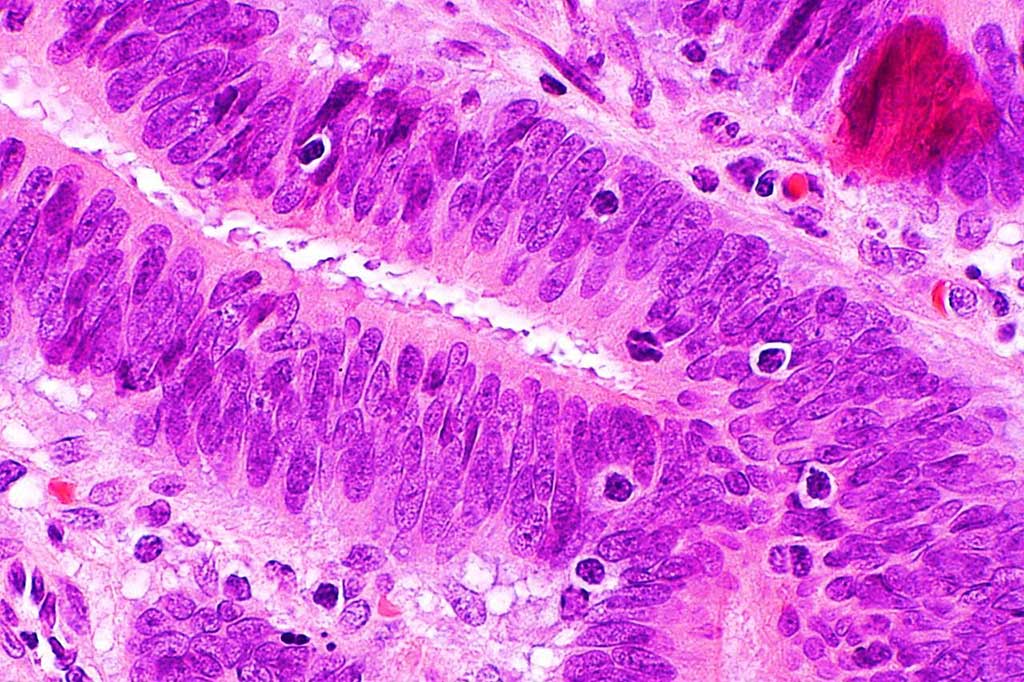
Lymphocytic Infiltration Explored as Biomarker for Stable Colorectal Tumors
Identifying stage II patients with colorectal cancer (CRC) at higher risk of progression is a clinical priority in order to optimize the advantages of adjuvant chemotherapy while avoiding unnecessary toxicity. A remarkable feature of CRC is the difference in prognosis of patients diagnosed at early versus late stages of the disease. More...15 Oct 2020
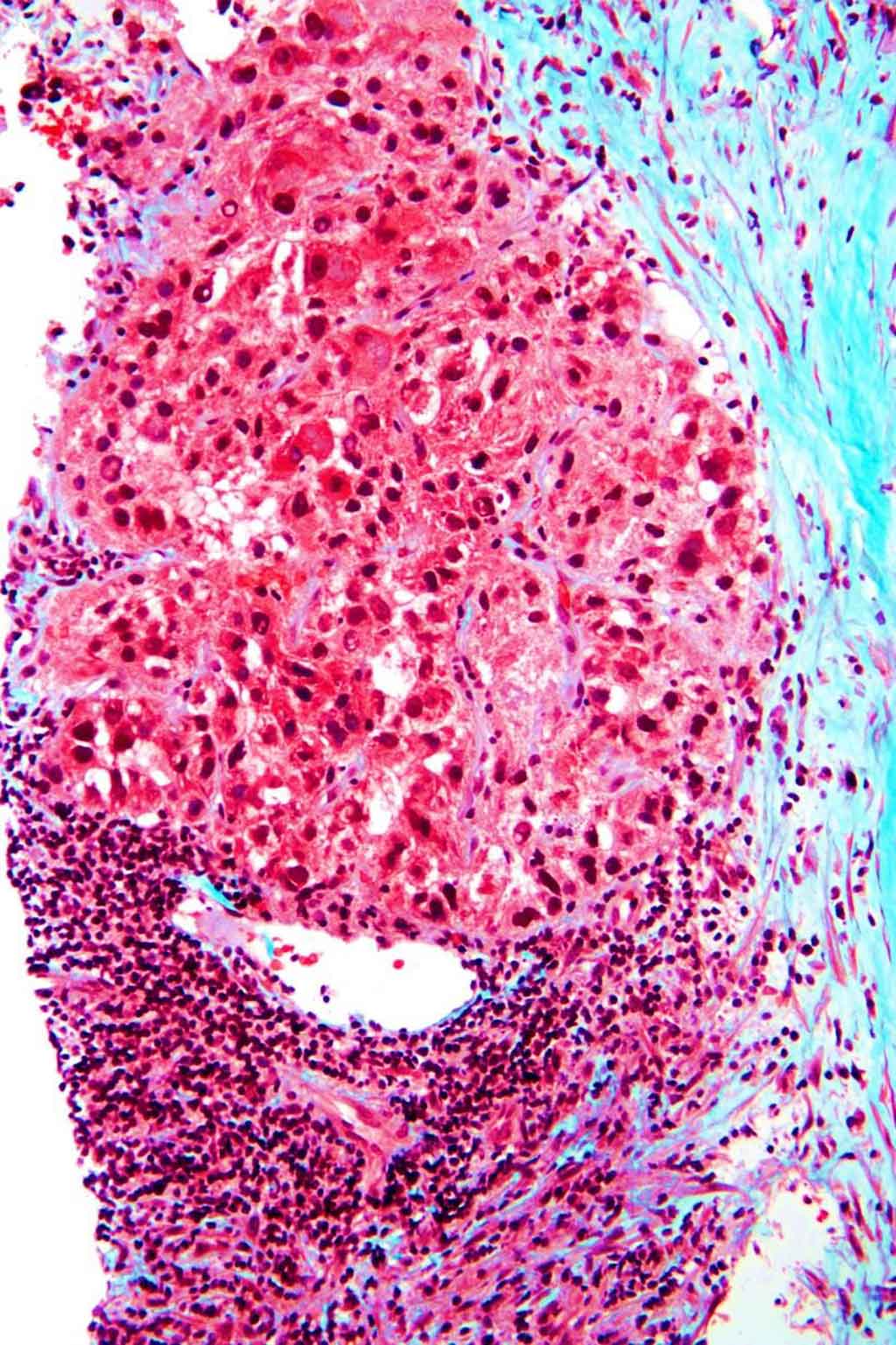
Hematological Biomarkers Predict Prognosis in Hepatocellular Carcinoma
Hepatocellular carcinoma (HCC) is an inflammation-related cancer, where non-resolving inflammation contributes to its development and progression. Peripheral inflammatory cells have been shown to be associated with the prognosis of various types of cancer. More...12 Oct 2020
In Other News
HPV, p16 Offers Different Prognostic Clues in Oropharyngeal Cancer
Serum Thyroglobulin Assays Compared for Differentiated Thyroid Carcinoma
Epigenetic Markers Predict Type 2 Diabetes Patients Response to Metformin
New Diagnosed Anemia Linked to Crohn’s Disease Risk
Genomic Copy Number Predicts Esophageal Cancer Years Before Transformation
Circulating Tumor DNA Analysis Directs Therapy in Breast Cancer
Gut Microbiome Data Helps Routine Screening of Cardiovascular Disease
Genetics Influence Risk for Spontaneous Coronary Artery Dissection
Sequencing Could Augment Other Newborn Screening Methods
Jagged Ends of Double-Stranded DNA Characterized
Diabetes Blood Markers Linked to Alzheimer’s Disease Pathology
Saliva Test Fast Tracks Heart Attack Diagnosis
Pan-Cancer Study Reveals Extrachromosomal DNA Frequency
Adaptive Immune Cells in Ulcerative Colitis Revealed by Single-Cell Analyses
Cancer-Associated T Cell Receptors Evaluated for Malignancy Detection
Single-Cell Analysis Provides New Insights into Mitochondrial Diseases
Prostate Cancer Identified By Profiling Immune Cell Subsets
Circulating tumor DNA Test Predicts Immunotherapy Response
Renal Expression of Immunomodulators in Diabetic Nephropathy
Simple Urine Test Significantly Improves Detection of Adrenal Cancer
Somatic Evolution Identified in Non-Neoplastic IBD-Affected Colon
Digital Pathology Solution Resolves the Tissue Floater Conundrum
Pediatric Ependymoma Single-Cell Analysis Signatures Linked to Outcomes
The Pathology channel details advances in the field of Surgical Pathology and all its subspecialties, including Cytopathology and its subspecialties.











